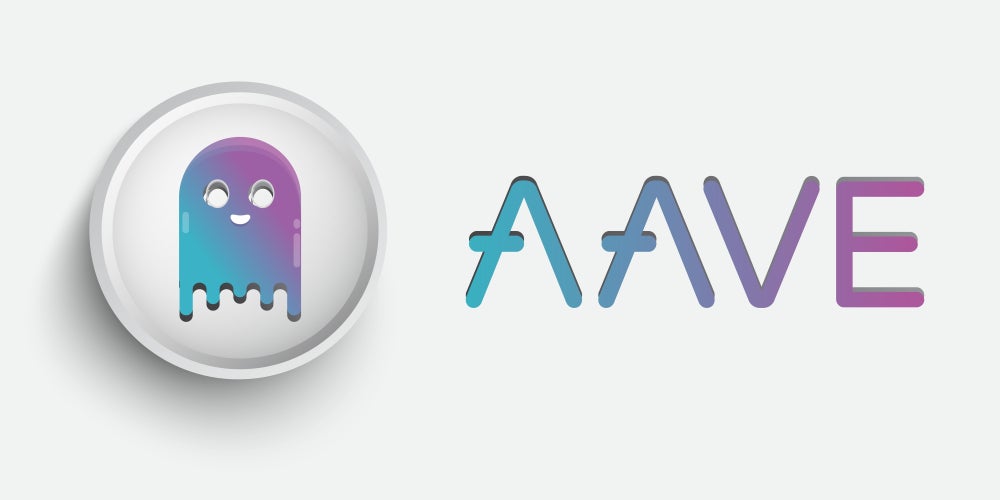Key Technical Indicators: RSI and CMF
Relative Strength Index (RSI)
RSI measures the velocity and magnitude of price action. It is used on a scale from 0 to 100, whereby:
- Above 70: Overbought (potential correction).
- Below 30: Oversold (potential rebound).
At the moment, AAVE’s RSI is at 59.2, down from 69.19 on December 23, when the price reached its peak at $382. This indicates that the token has moved out of the overbought zone, suggesting reduced buying pressure and a stabilizing trend.
Despite the pullback, the RSI reflects neutral-to-bullish momentum. If buying activity picks up, AAVE could continue its uptrend. However, the drop is a sign of possible price consolidation, giving the market an opportunity to digest recent gains.
Chaikin Money Flow (CMF)
CMF measures capital inflows and outflows on a scale from -1 to +1:
- Positive values: Accumulation and buying pressure.
- Negative values: Distribution and selling pressure.
AAVE’s CMF is currently 0.17, down from a peak of 0.27 on December 23. While still positive, the decline suggests reduced buying intensity. This implies that buyers remain in control, but the momentum may be cooling.
The positive CMF value supports the possibility of sustained price levels or further gains. However, a continued decline could lead to a market correction.
Current AAVE Metrics at a Glance
|
Indicator |
Current Value |
Previous Peak |
Interpretation |
|
RSI |
59.2 |
69.19 |
Neutral-to-bullish; potential for continuation or consolidation. |
|
CMF |
0.17 |
0.27 |
Positive inflows; buyers remain dominant but with reduced intensity. |
AAVE Price Outlook: Can It Hit $400?
If the current trend holds, AAVE could test the $400 level, marking its highest price since 2021. Achieving this milestone requires a modest 7.5% increase. The recent golden cross (a bullish signal where a short-term moving average crosses above a long-term one) and favorable EMA lines suggest that the uptrend may persist.
However, weakening CMF momentum raises caution. A loss of bullish momentum could prompt a retest of the $355 support level. Further supports are $297 or $271 if this level breaks.
What’s Next for AAVE?
The reason for such remarkable growth on AAVE is strong market interest and favorable technical indicators. Though the general market trend is bullish, signals hint at cooling momentum, a possible consolidation. Whether it creates a new high or pullback depends on the buying activity of AAVE in the forthcoming days.


























+ There are no comments
Add yours